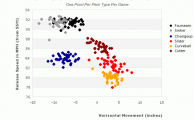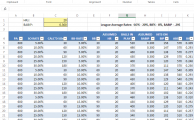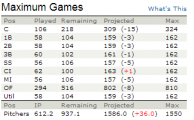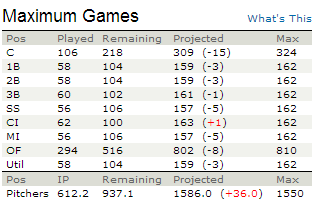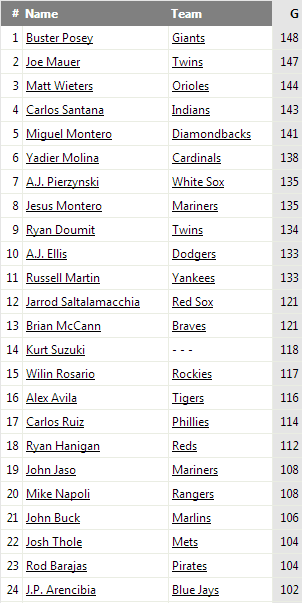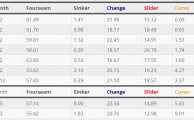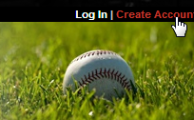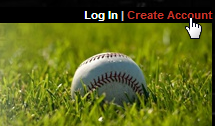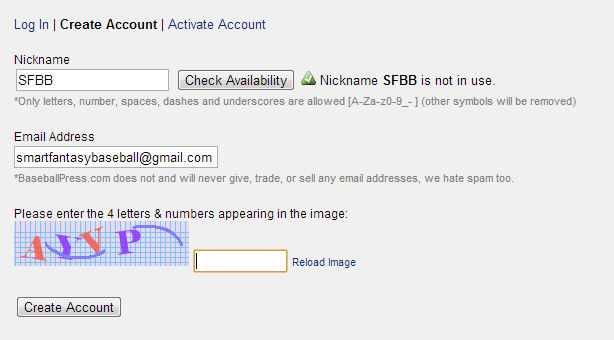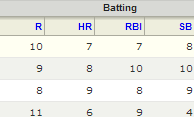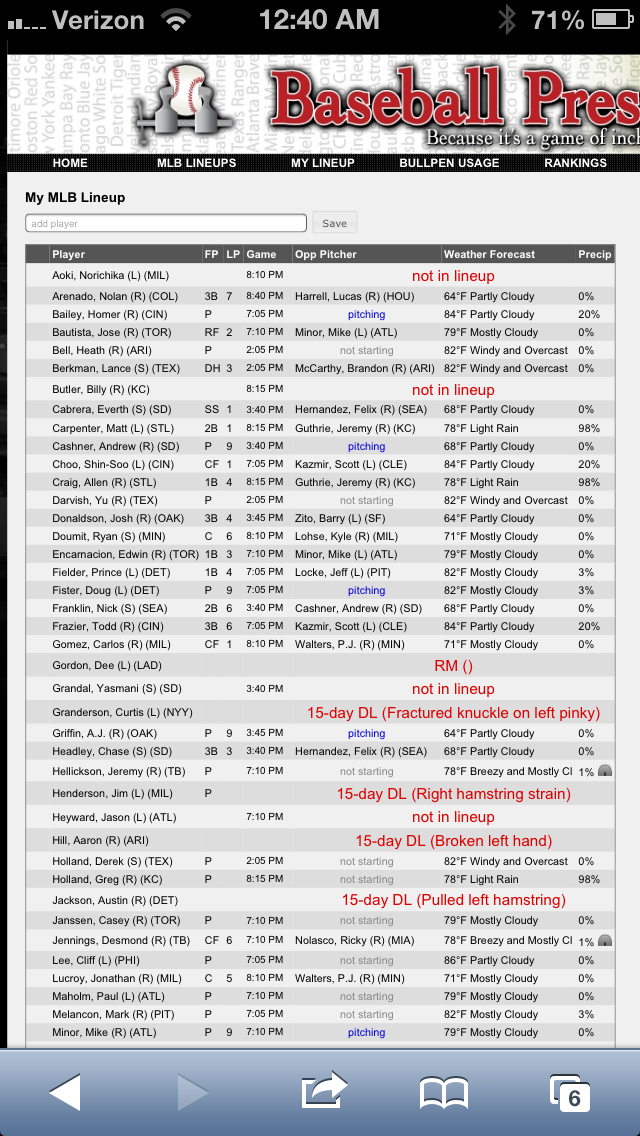Picking up where we left off in the post “Use PITCH f/x Data to Identify Potential Breakout Pitchers“, now that we’ve identified the potential pitchers (link to pitchers with differences) who have added a new pitch or that have significantly adjusted their pitch usage mix in 2013, we need to determine if the new or more heavily used pitch is successful.
Before We Go Any Further
I think it’s important you read the article The Internet Cried A Little When You Wrote That On It, by Mike Fast (follow Mike on Twitter). The whole article will be helpful if you’re trying to improve you understanding of PITCH f/x, but at least read bullet #1.
My takeaway from that piece is that significant changes in pitch mix, especially within the fastball classifications (FA, FT, FC, FS, SI), are most likely to be changes in the algorithm used to classify the pitch.
Take for instance, Jake Peavy. The PITCH f/x data I downloaded from Fangraphs and manipulated to identify “potentially” new pitches, shows the following for Peavy:
![]()
Interpreting that chart, from 2012 to 2013, the Fangraphs data shows a decrease in the fastball (FA) of 19.9% and increase in the two-seam fastball (FT) of 26.7%. That sounds interesting on the surface, no? Decrease one pitch 20% and increase another?
From Mike Fast’s article we know that we can’t necessarily trust the pitch classifications. So let’s look at the 2012 velocity and spin on Peavy’s pitches:
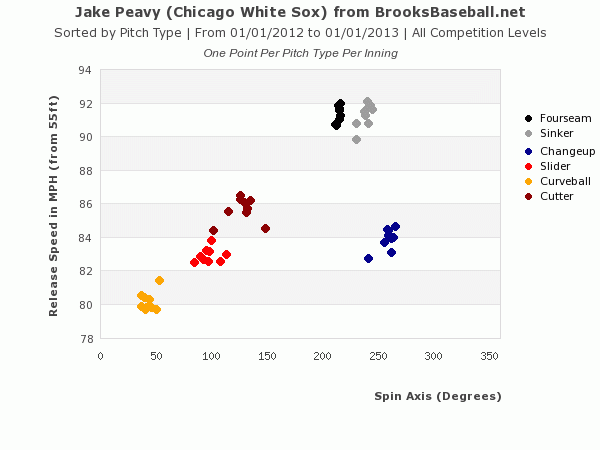
And the same for 2013:
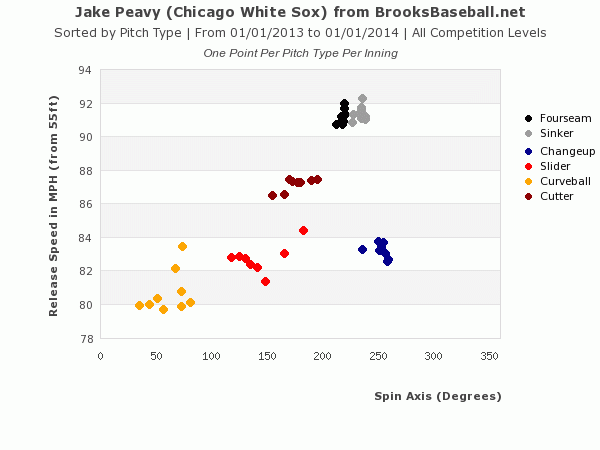
From these two charts you can see Peavy’s throwing the same pitches in 2013 that he was throwing in 2012. The clusters are in the same general vicinity on the chart. But more importantly, you can see there is very little difference between the fourseam (FA) and the sinker (BrooksBaseball calls the two-seam fastball a sinker (FT)). So a 20% transfer from one classification to another is likely a change in the algorithm, as we were warned.
Give Me Someone Else to Look At
Alright, Alexi Ogando, although injured recently, has been intriguing. The raw data shows a sharp decline in fastball usage and an increase in the changeup. This probably isn’t just a case of an algorithm change (fastballs wouldn’t likely be misclassified as changeups).
Let’s look at his 2012: (more…)

